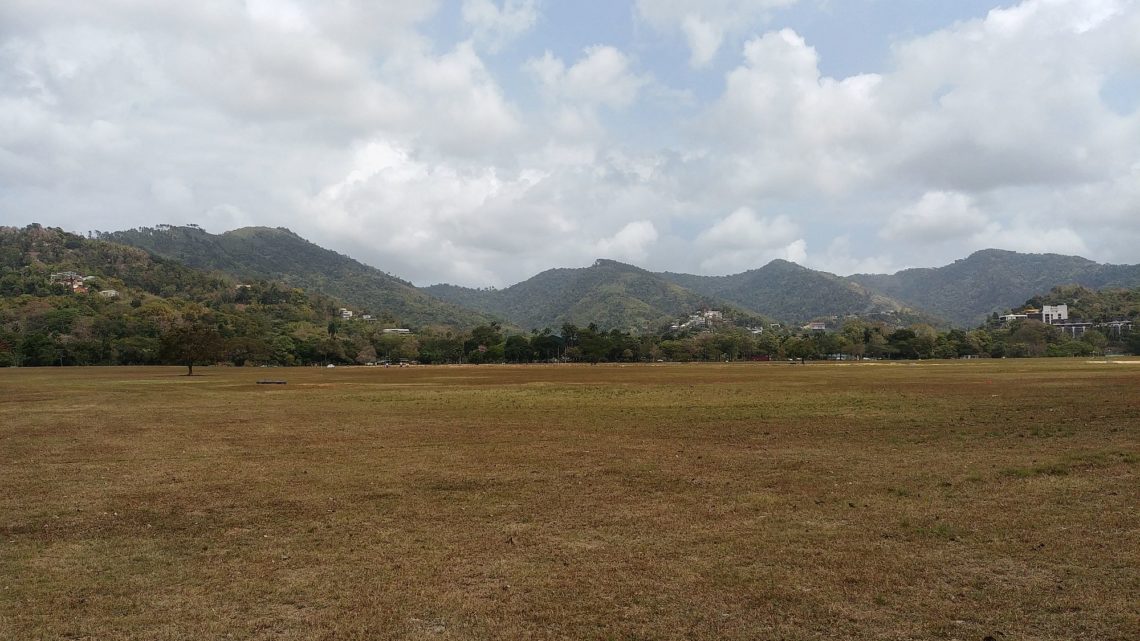
West Indies cooking
Day 277-278 – Port of Spain, Trinidad
The next two days were less eventful.
I spent some time in the pool (with the dog ecstatic to designate me her play mate), ate new dishes, and even went to the movies.
I have now tried roti, which has nothing to do with roasted meat (sorry, French joke); it is instead a kind of thick curry eaten wrapped in flatbread made of pulses (chickpea, split pea…). Except that you can also have it with paratha, a layered bread you eat with your fingers and dip into the curry. (If you can’t follow, that’s okay, I had to ask clarification myself.)
If you have chickpea curry in fried bread, then you are eating doubles (triples if you had another layer).
I had calalloo soup, made with a local plant that tastes like spinach and is cooked about the same way.
I had pelau (pronounce pillow, which explained my confusion when I first heard about it), which is derived from paella (and doesn’t use the Spanish dish’s spices, so expect a very different taste!) Made in a covered dish in the oven, the pelau has rice, seasoned chicken, and a few raisins and pulses (I had pigeon peas for the first time) tossed in.
I will anticipate on Tuesday and my pig tails experience. You buy tails from pig (well, from a shop, not the pig itself), cut them in pieces, cook them, then elegantly -not- chew on them to get the meat from the bones. The dish they were cooked in was rice with okra.
I haven’t written yet about the West Indies accent. It is surprising, a bit nasal, and thing like “this” and “that” becomes “dis” and “dat”. There is such a thing as “Caribbean English”, with different dialects according to the island it is spoken on.
The result for the poor tourist is hard to follow, but fortunately I was welcomed and guided by people who tailored their speech to my English-school ears.
(Featured above: Savannah grass.)
A dire très vrai…je suis un peu perdue dans toutes cette cuisine! Mais le principal est que tu aies goûté, aimé, découvert, et que cela te donne des idées!